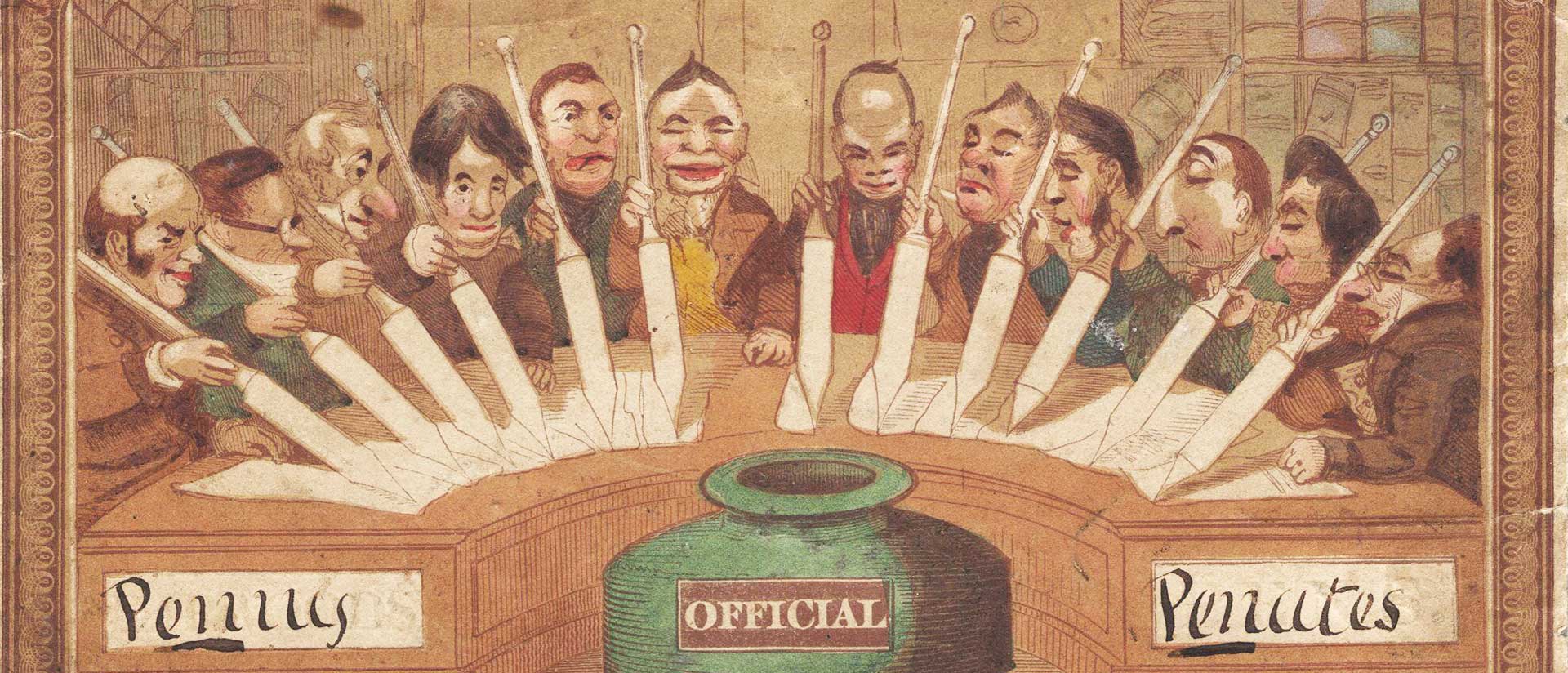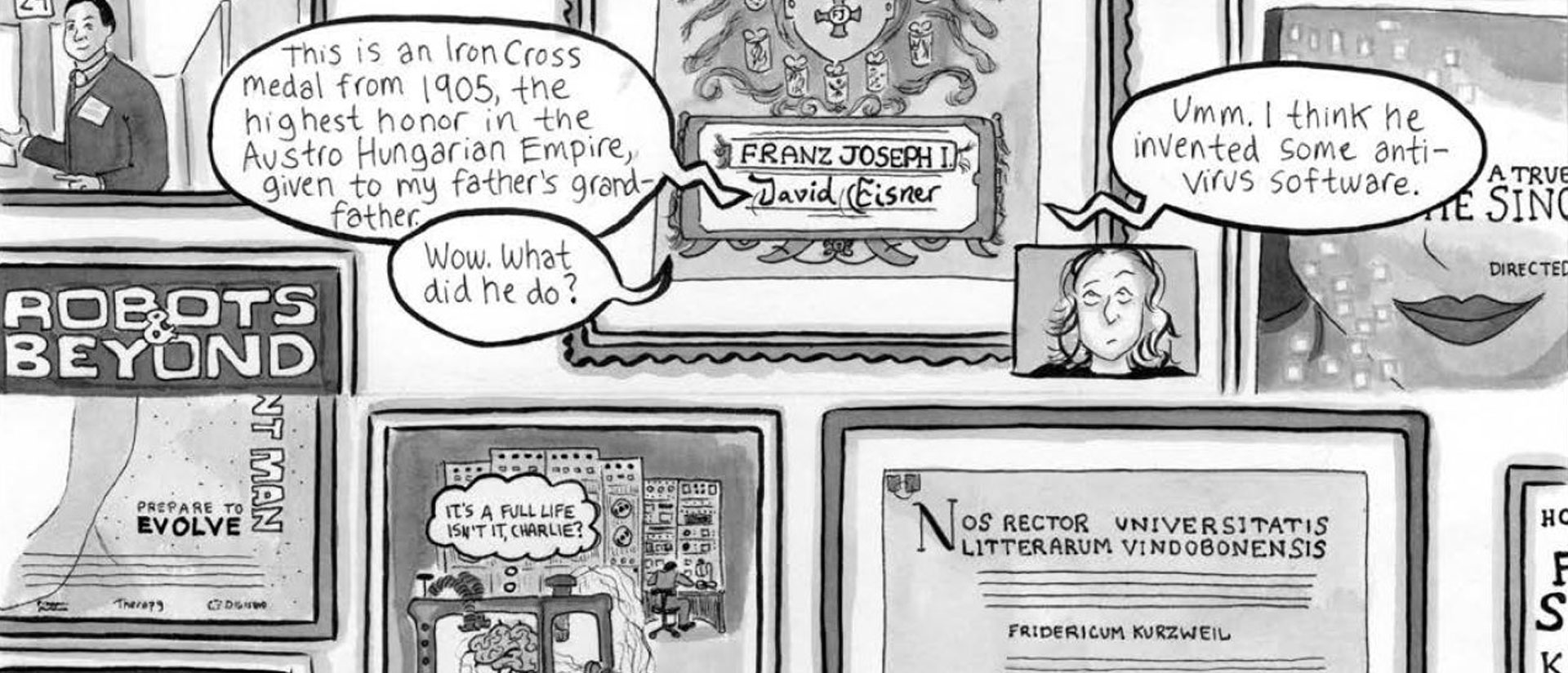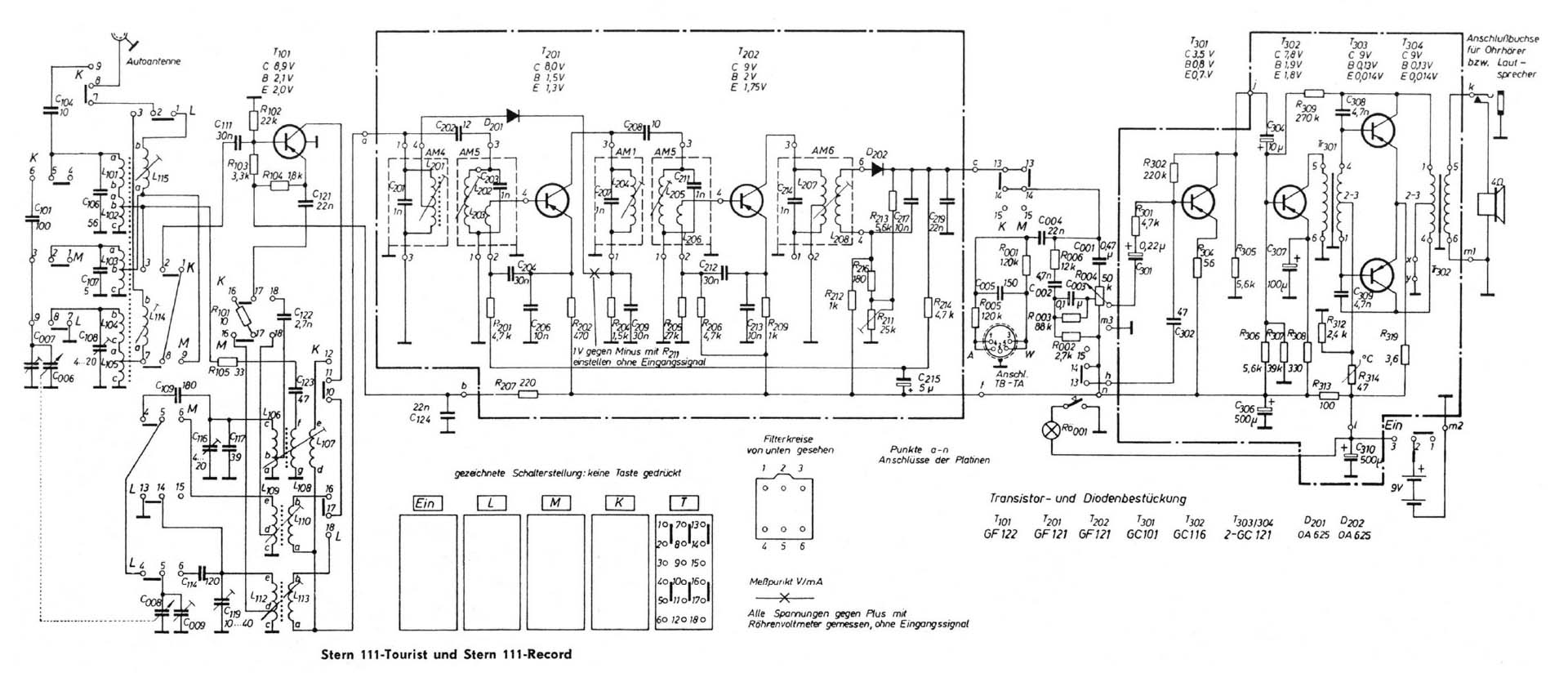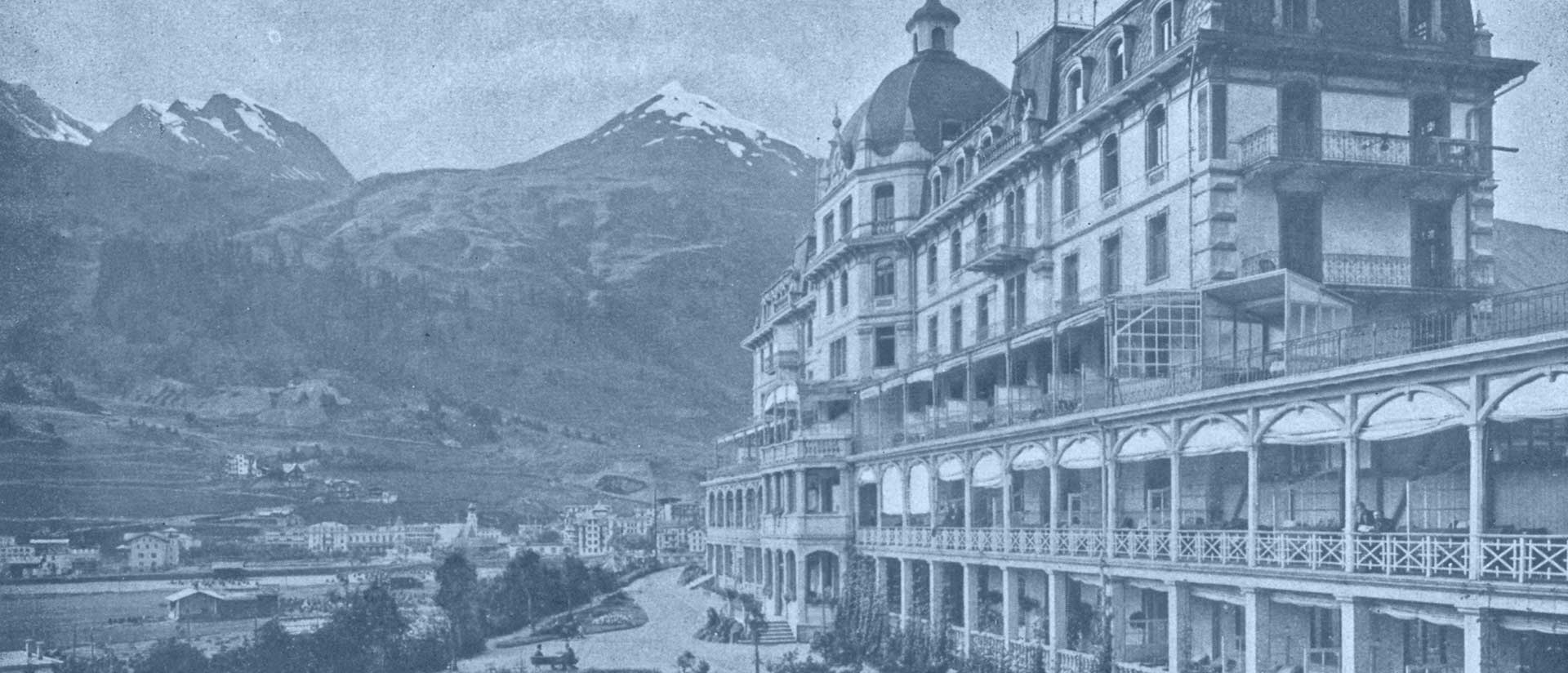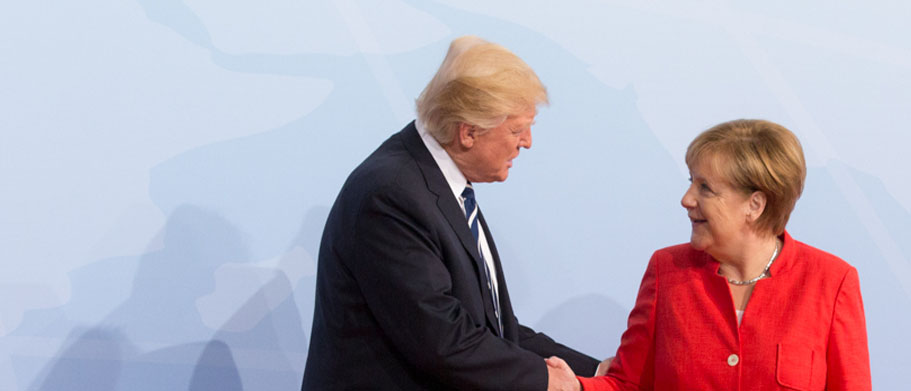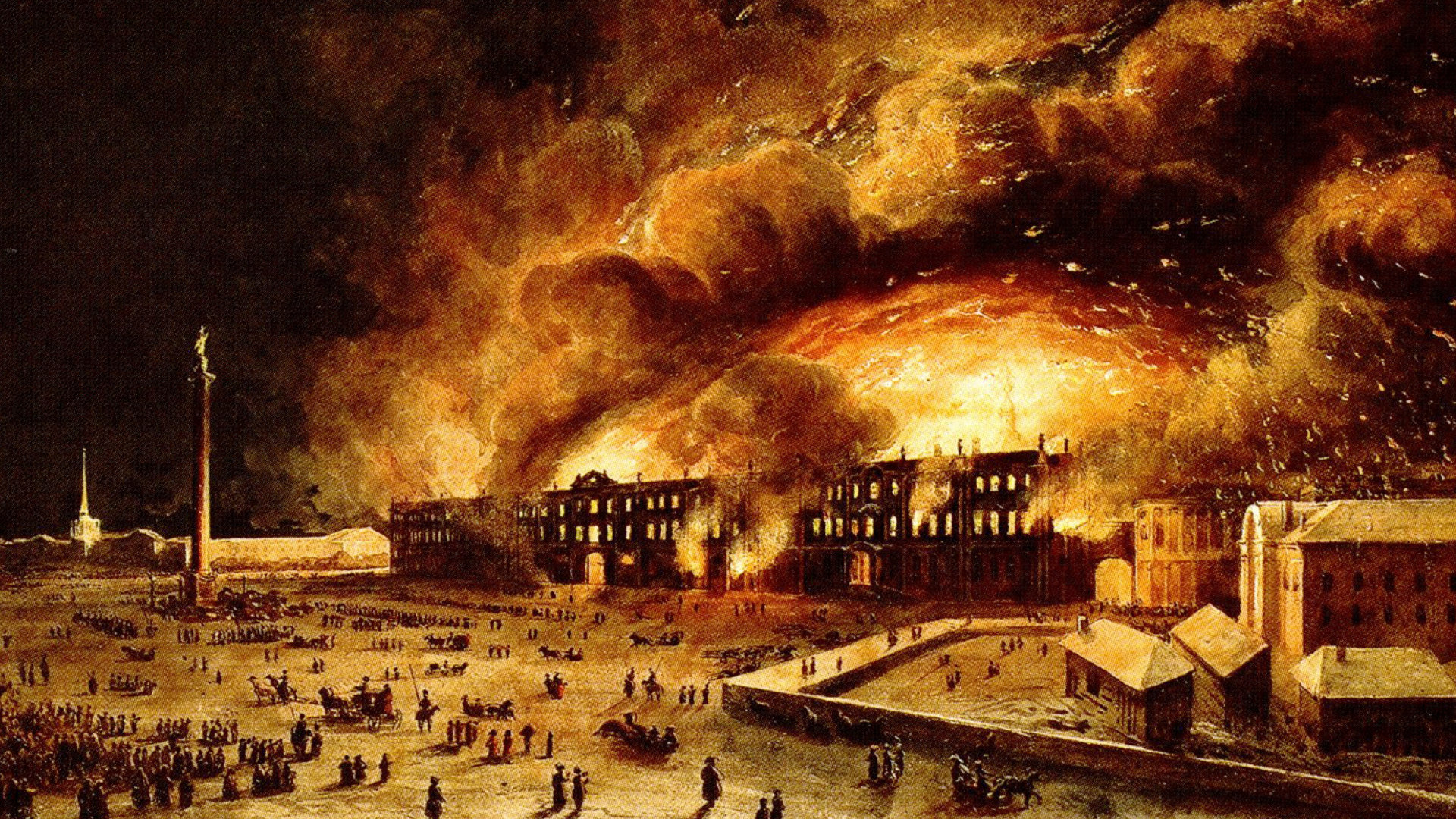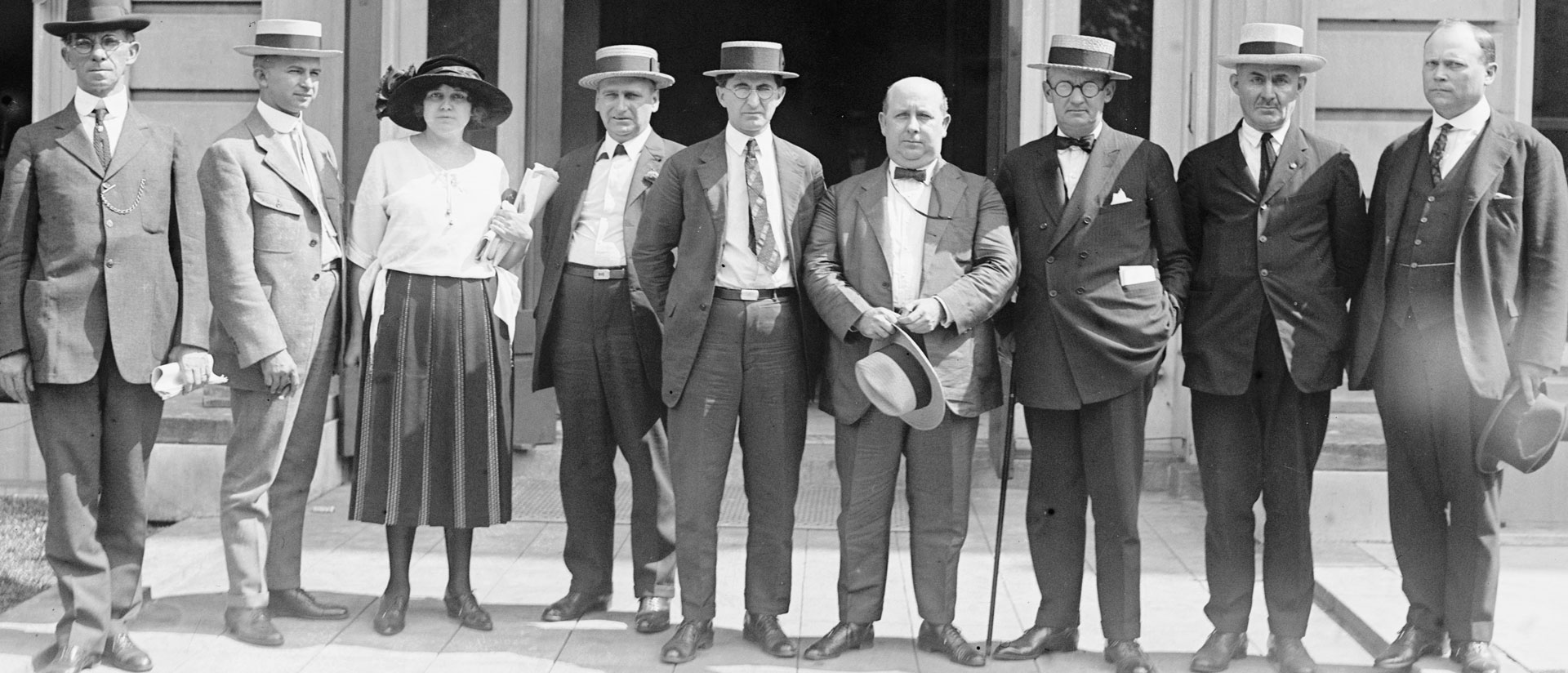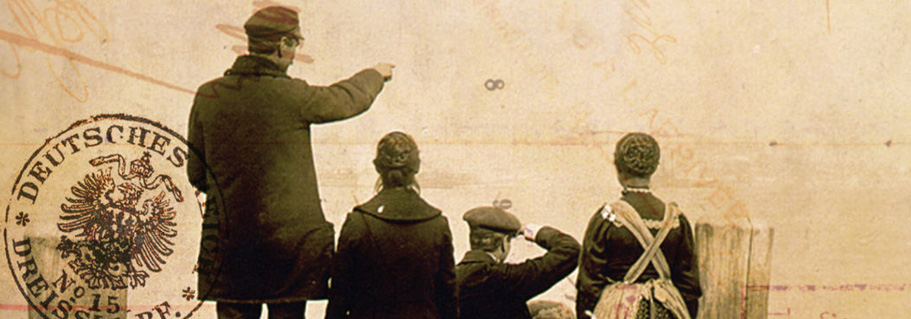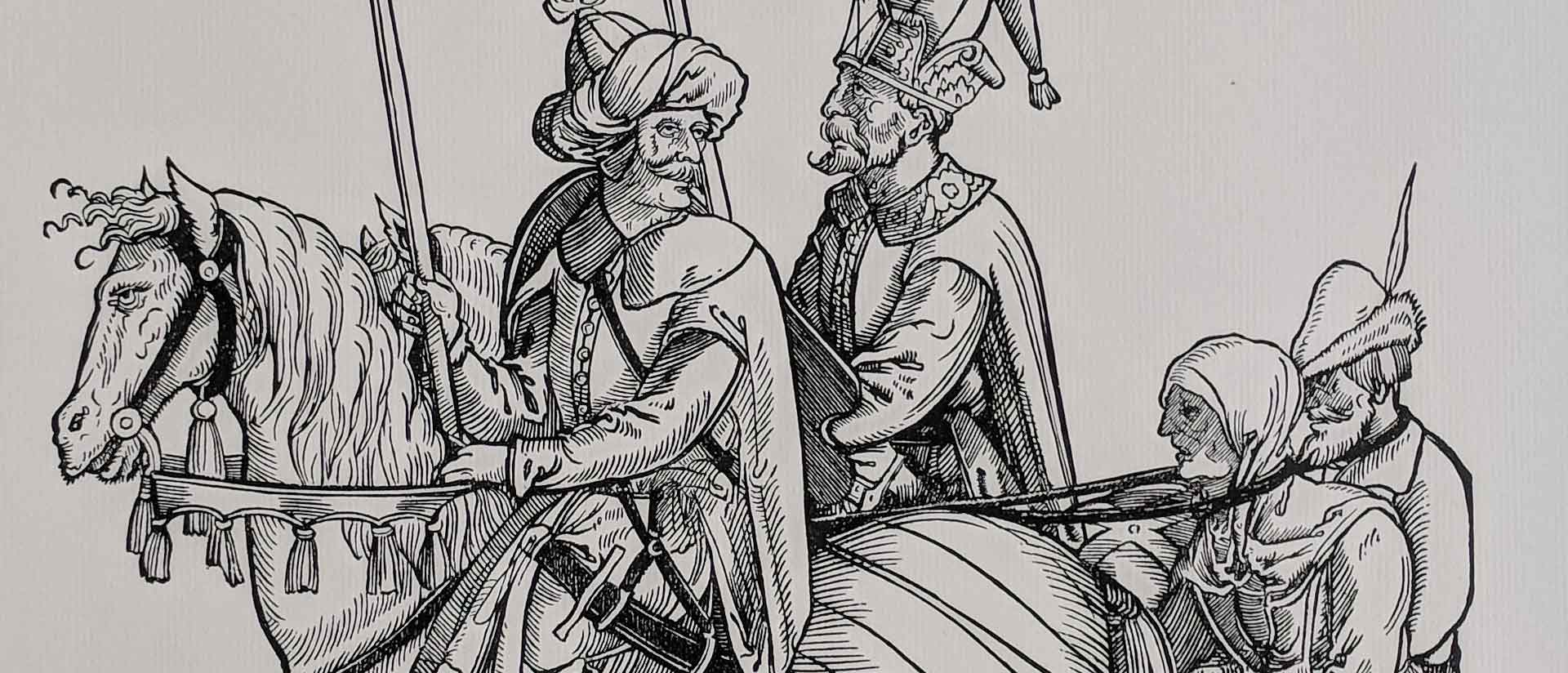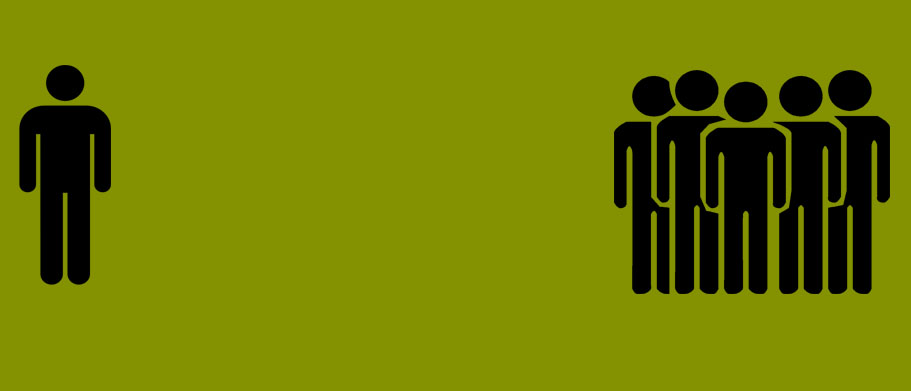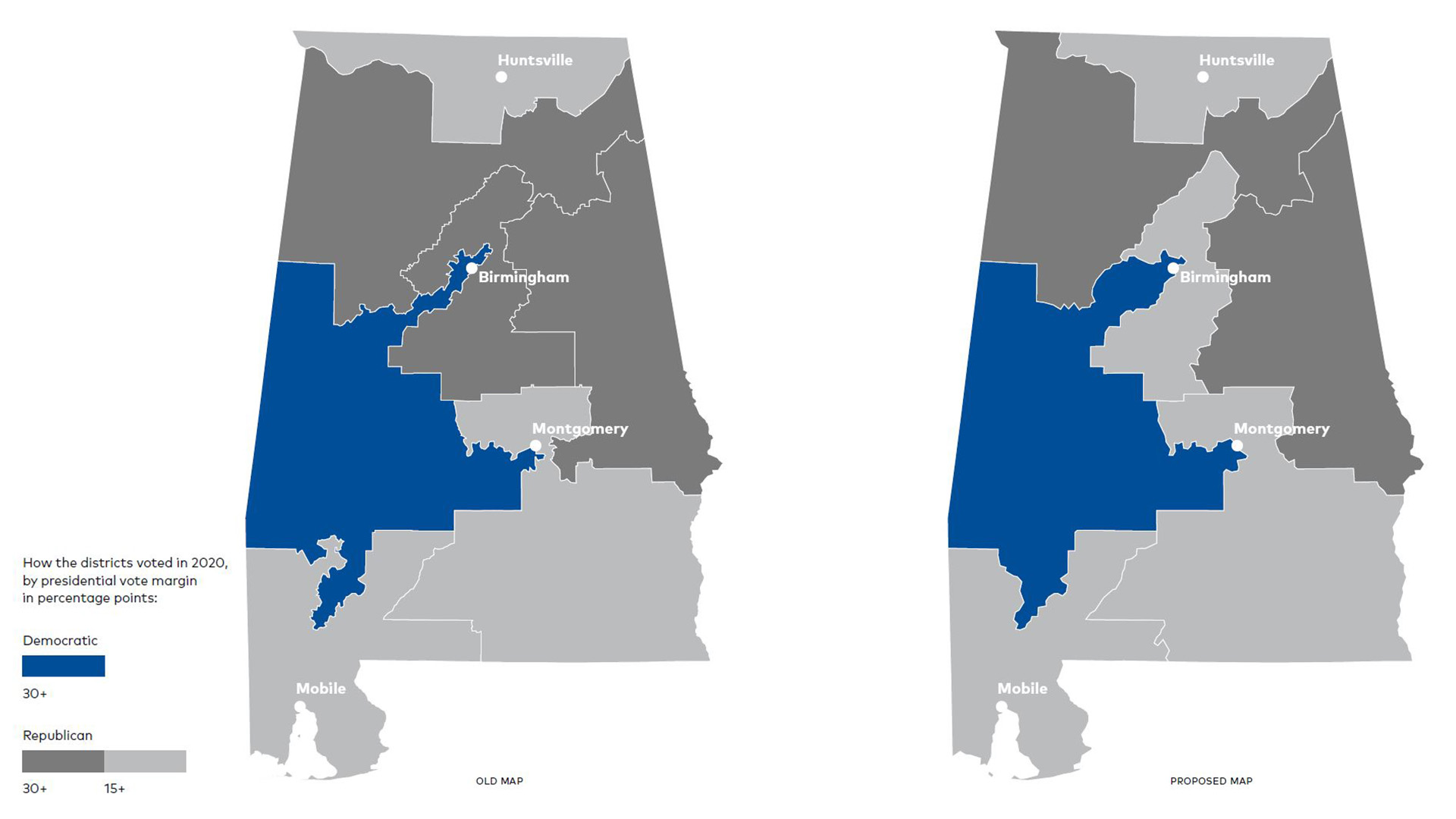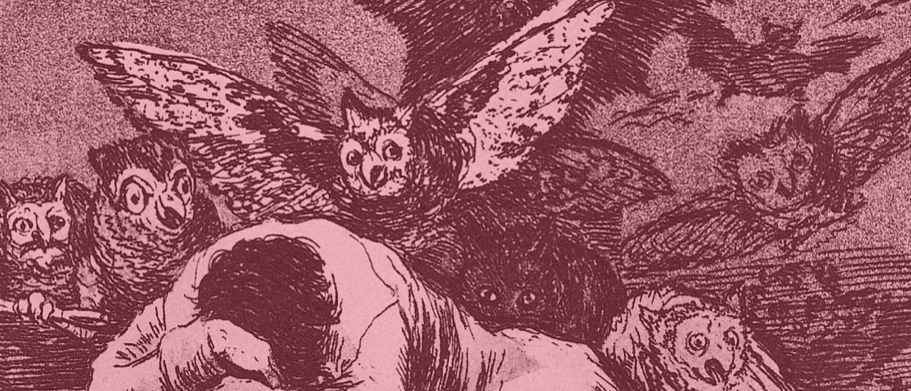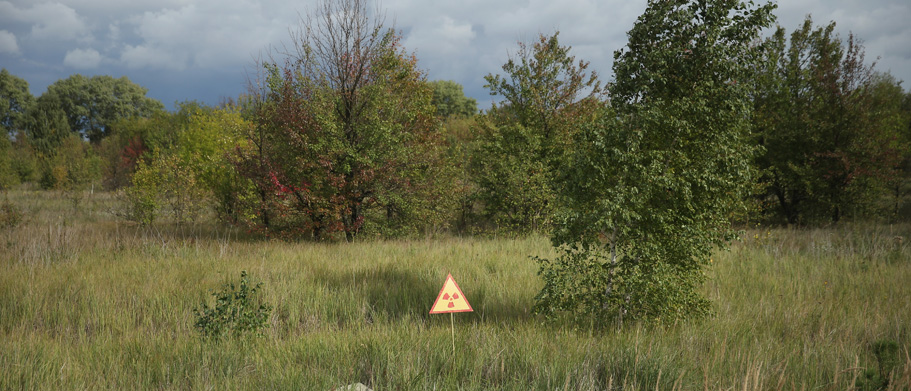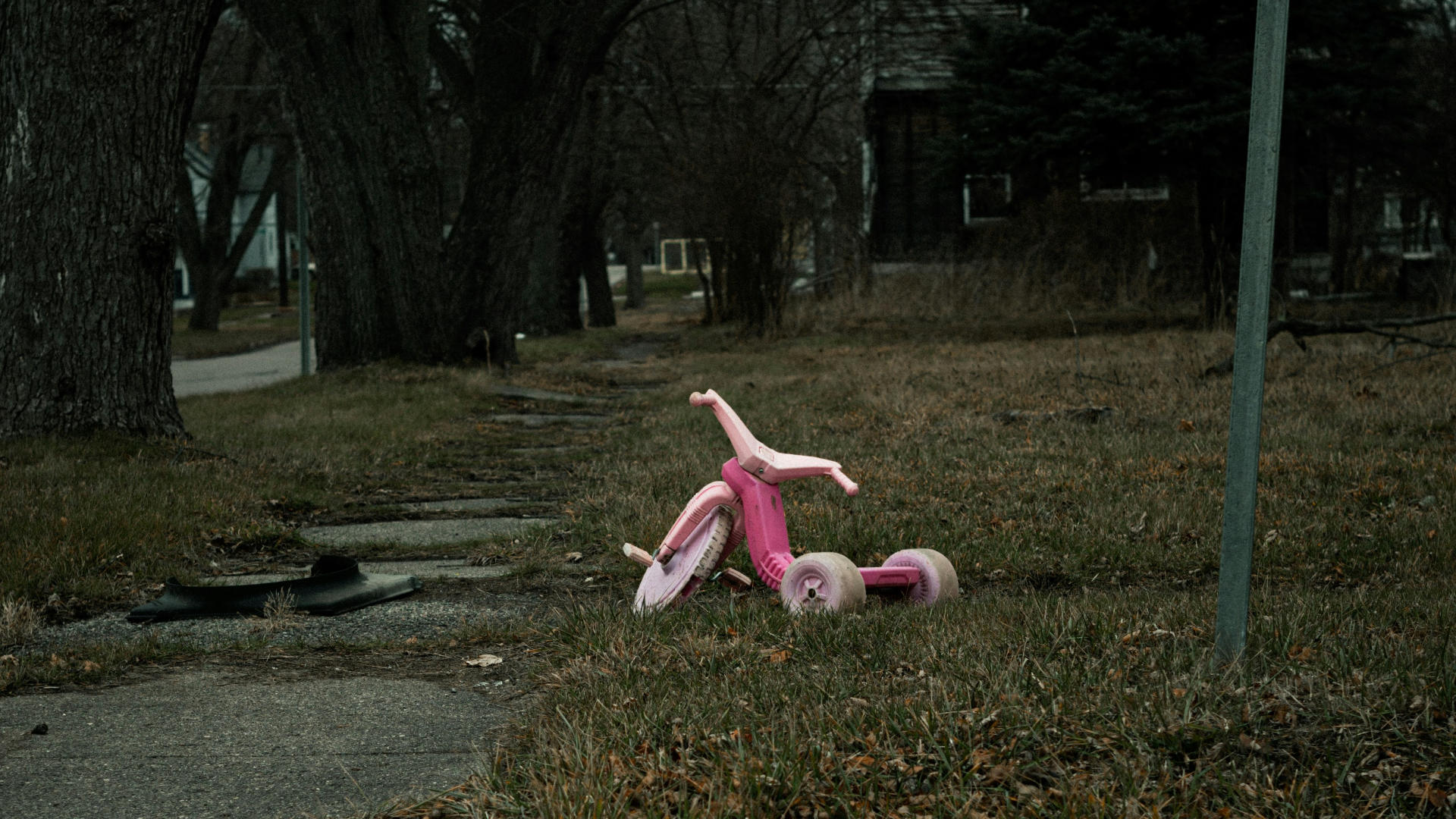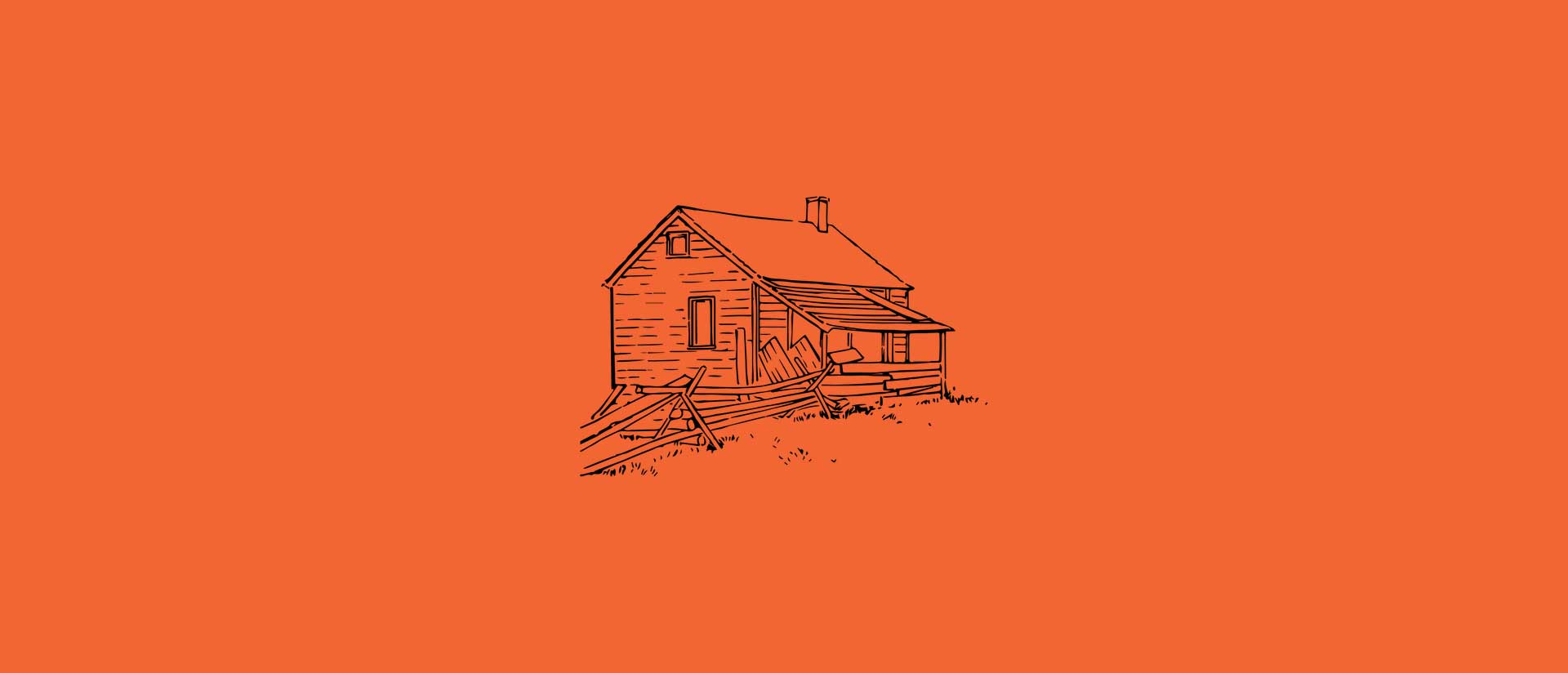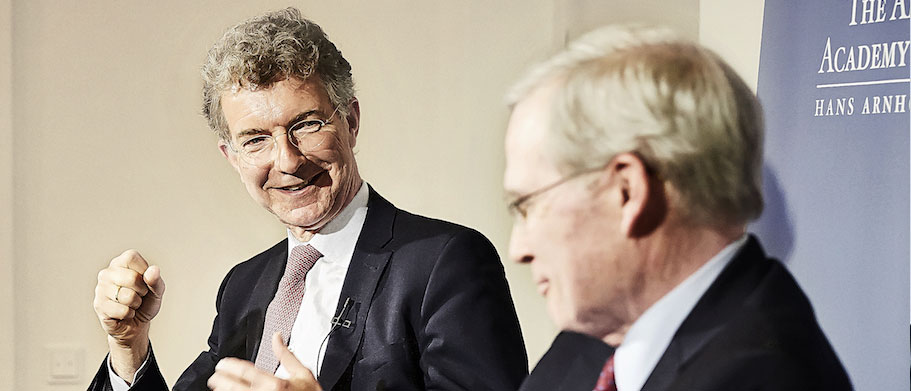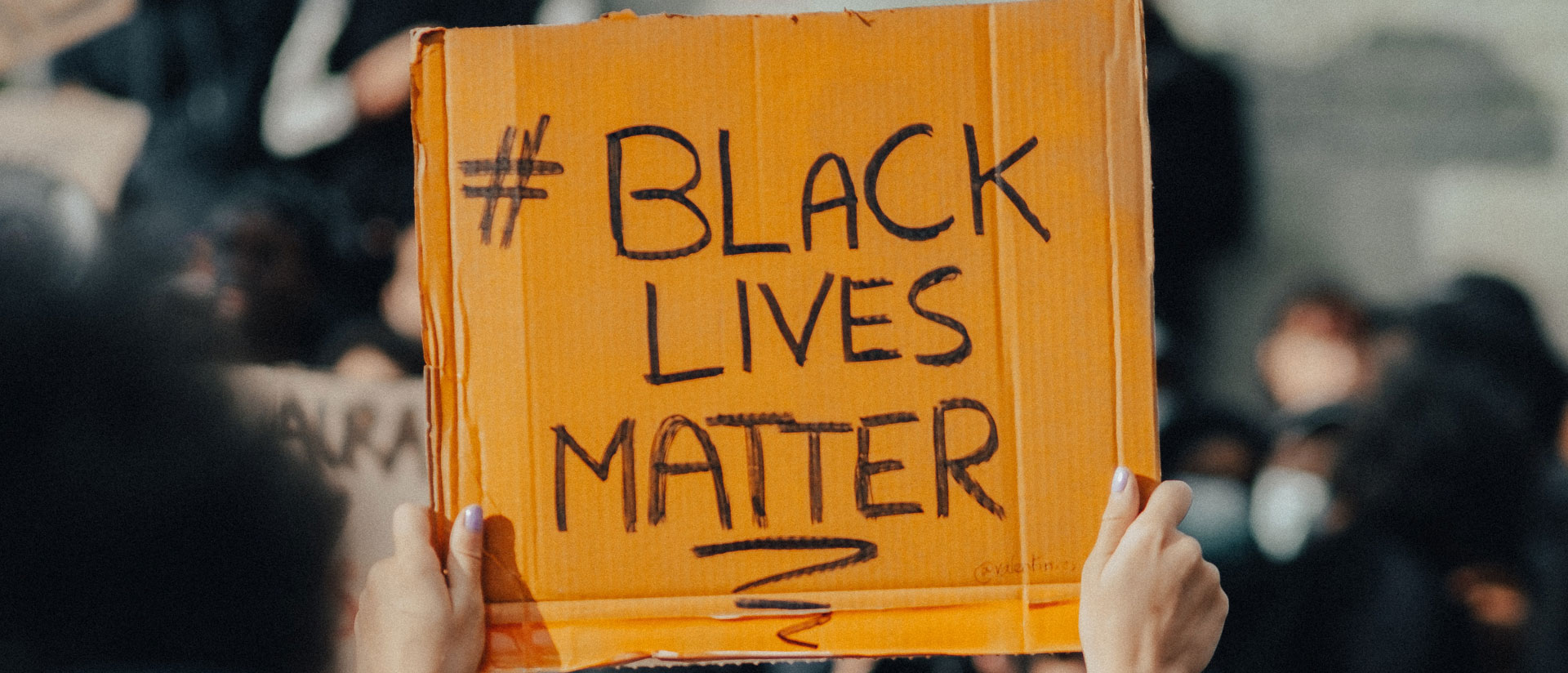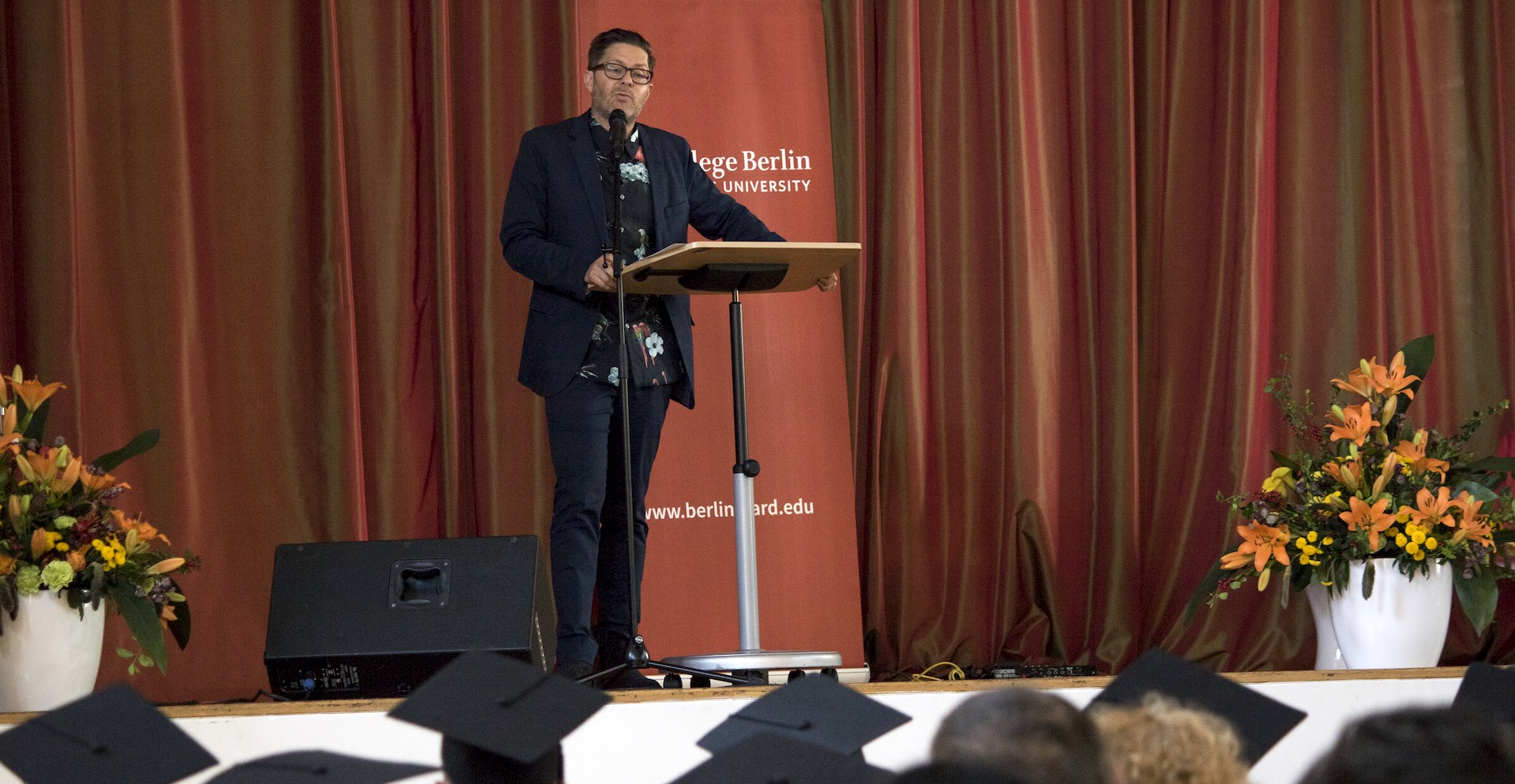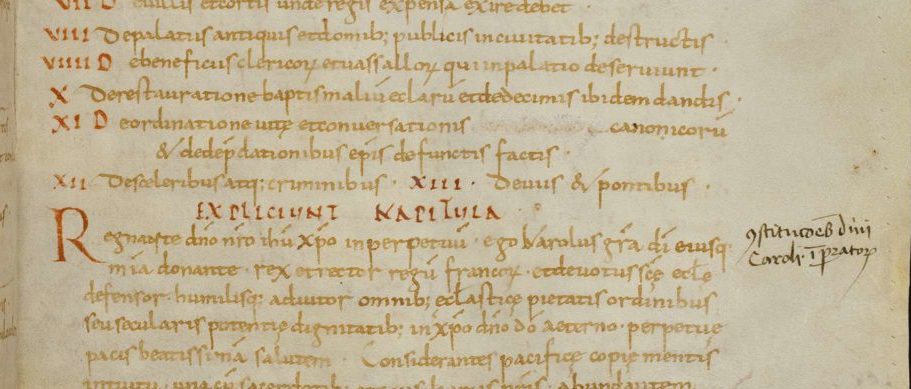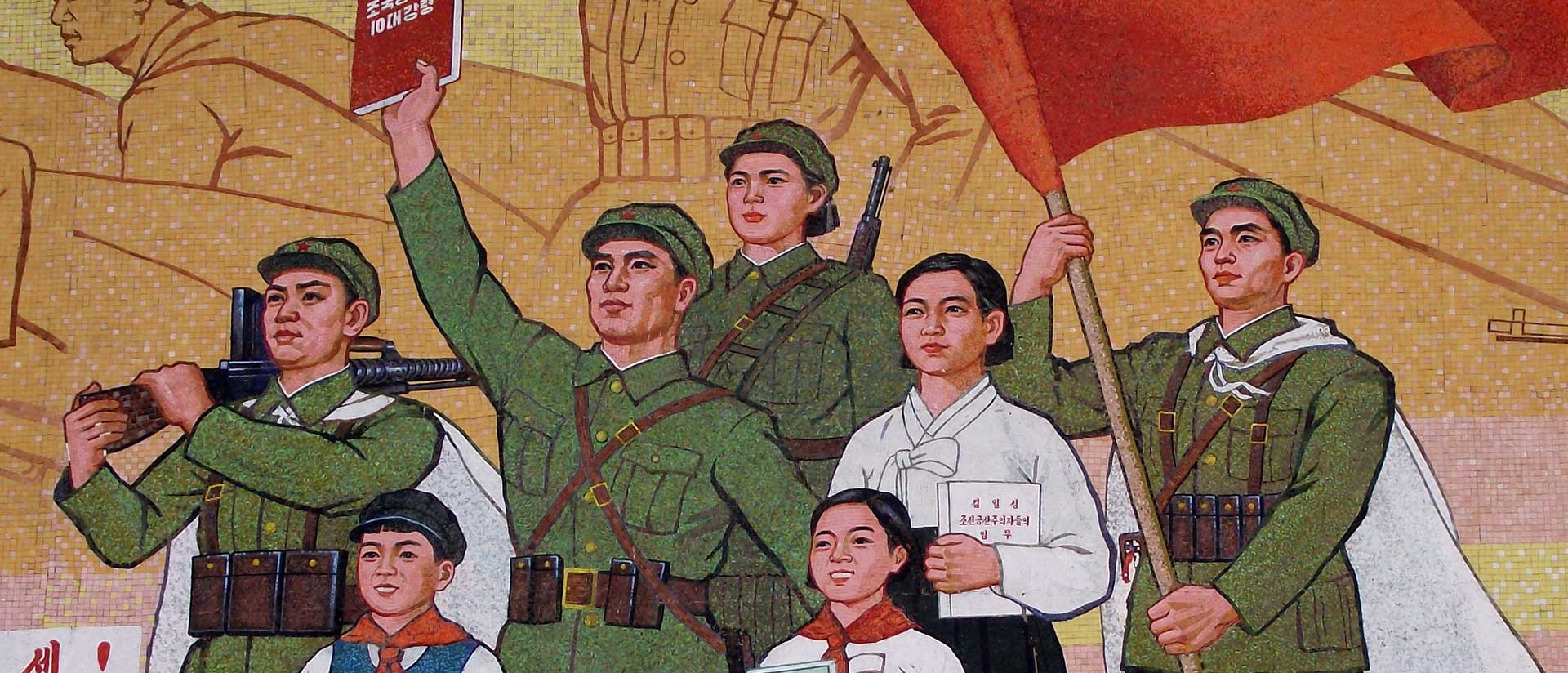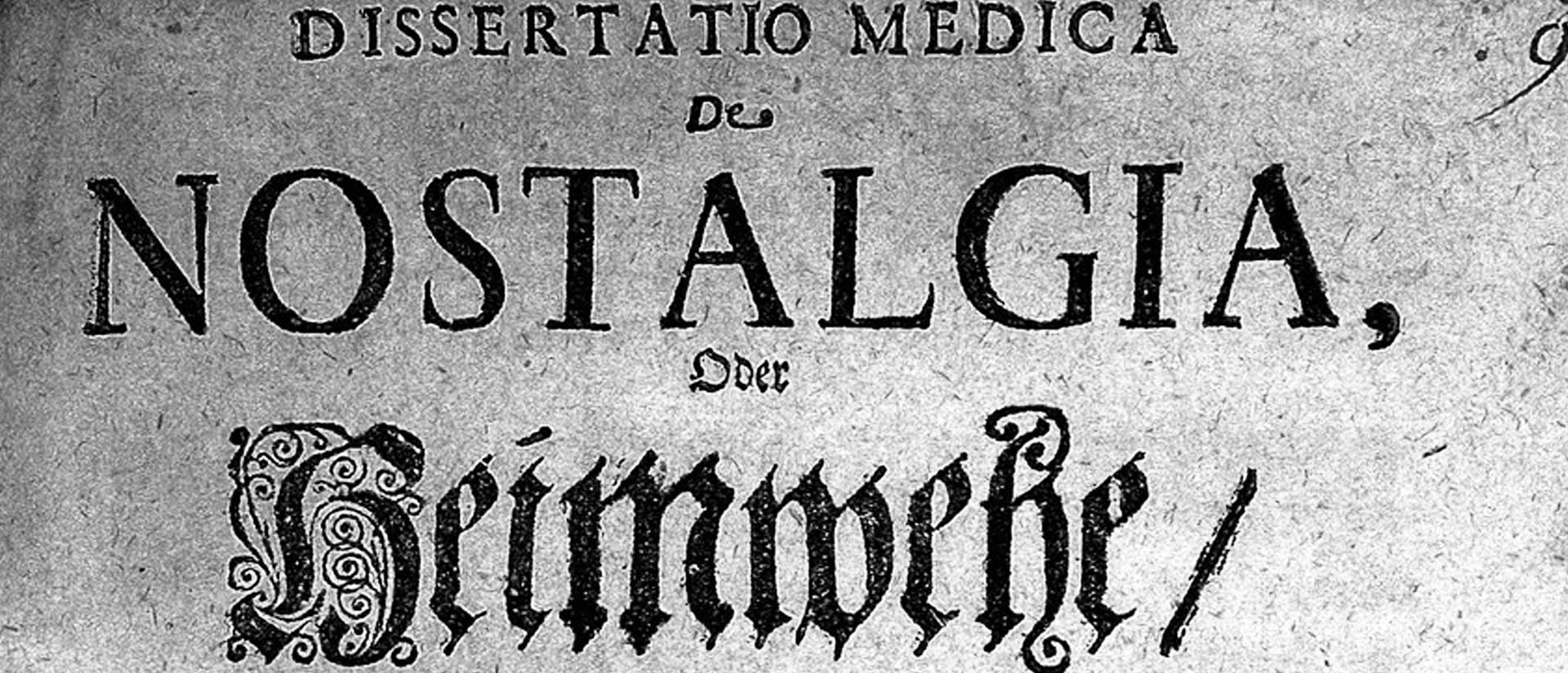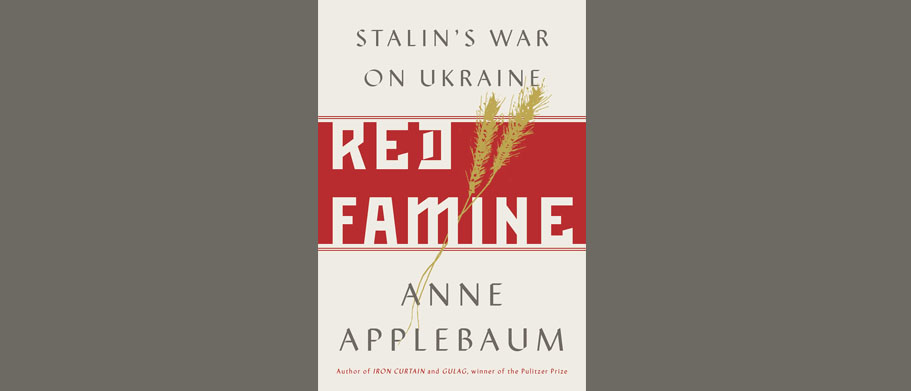
Red Famine: Stalin’s War on Ukraine
Red Famine: Stalin’s War On Ukraine
By Anne Applebaum
Doubleday, September 2017
464 pages
A review by Norman Naimark
With the publication of Red Famine: Stalin’s War on Ukraine, Pulitzer Prize-winning writer, journalist, and historian Anne Applebaum has inaugurated a new stage in the historiography of the 1932–33 Ukrainian famine, known as the Holodomor—literally “the hunger-extermination.” Her elaborately documented, comprehensive history has benefited from Ukrainian and Russian archives on the subject, which since 1991 have been accessible, for the most part, to Ukrainian and Western scholars, and from Harvard’s resource-rich Ukrainian Research Institute. Like Robert Conquest’s 1986 masterpiece Harvest of Sorrow, which set the standard for understanding the Holodomor, Applebaum’s study is written in seemingly effortless, accessible prose, and her many years living in and writing about Eastern Europe have sharpened her sensitivities to what is important in the history of Soviet-Ukrainian relations. All of these elements have combined to produce an exceptionally readable book that evidences mastery of the recently published rich Ukrainian historical literature and document collections.
Applebaum’s tack in understanding the Holodomor is to follow two interrelated, sometimes indistinct stories that dominate relations between Moscow and Ukraine in the post-revolutionary period. One is the development of Ukrainian national consciousness after 1917 Revolution and the civil war that ensued. The shift in Soviet policies towards “indigenization”— in the case of Ukraine, Ukrainianization—after the fierce fighting during the civil war was viewed by Moscow as a way to gain Ukrainian loyalty to the Soviet cause. The promotion of Ukrainian language, culture, and history in the mid- and late 1920s was meant to bring Ukraine into conformance with Moscow’s policies while allowing Ukraine the chance to proceed to modernize, guided by a Ukrainian Communist Party that represented its people and their road to socialism.
When Stalin seized control of the Soviet political machine and inaugurated the “Second Revolution” (collectivization and the First Five-Year Plan), in 1928, and when his plans ran into obstacles in Ukraine and elsewhere, Ukrainianization was perceivedas a threat to Moscow’s goals. Stalin, as was his wont, launched an attack on his alleged Ukrainian opponents: Ukrainian political and cultural leaders were removed from office; Ukrainian cultural institutions were closed down; and even the newly formulated Ukrainian alphabet was banned from use. Applebaum makes clear that the timing of the attack on the Ukrainian national elite, the arrest, deportation, and shooting of Ukrainian writers, politicians, and educational figures (some 200,000 altogether), which took place concomitantly with the Holodomor, in 1932–33, was not coincidental. It reflected rather a concerted effort on the part of Stalin and his cronies to curtail what they felt were dangerous trends towards Ukrainian independence that had emerged initially during the civil war but that had, in their view, accelerated during the period of collectivization.
The second story Applebaum explores is Moscow’s war against the peasants of the Soviet Union, especially against Ukrainian peasants. From the communists’ point of view, during the civil war, the Ukrainian peasantry aligned with a variety of “counter- revolutionary” forces. Villages were subjected to the Ukrainian variety of “war communism,” which meant forced requisition of their grain by “committees of the poor” (komnizamy in Ukrainian, kombedy in Russian). Violence in the Ukrainian countryside, indeed throughout the Soviet Union, was fierce and unremitting; the lessons that the Bolsheviks—above all, Stalin—drew from peasant rebellions was the need to crush, once and for all, the peasants’ ability to resist. Only this would ensure the future of the proletarian state.
In 1928, the forced-collectivization campaign was meant to safeguard the productivity of agriculture, based on more efficient, large collective farms and machine tractor stations, where peasants could share the benefits of technology. But it was also based on the desire to destroy the kulaks (in Ukrainian, kurkuli), who the Bolsheviks claimed were the ringleaders of peasant resistance, and to transform the peasantry itself into controllable agricultural workers on Soviet collective farms. Applebaum demonstrates that the resistance to collectivization was notably more widespread and intense in Ukraine than in other parts of the Soviet Union. Part sincere, part feigning, Stalin also expressed worries to his comrades that the Ukrainian uprisings in thecountryside would attract Polish revanchist intervention. “We could lose Ukraine,” Stalin wrote to his deputy for Ukrainian affairs, Lazar Kaganovich, in August 1932. The result, then, in Applebaum’s narrative, was a fierce, bloody, and brutish attack on the Ukrainian peasants, sometimes by external forces, sometimes by Ukrainian brigades of Komsomol, policemen, and local ne’er-do-wells, which resulted in the peasants’ collectivization and the ideological and physical “elimination of the kulaks as a class.”
By early 1932, collectivization had wreaked havoc in the countryside, disrupting regular agricultural cycles and destroying well-established methods of planting, harvesting, and distribution. In the face of brutally forced requisitions of their grain and property, the peasants sometimes resisted by denying the state their meager belongings: slaughtering their own animals, burning their own grain, and destroying their own homes, all while trying to flee the villages to find relief. The horrific famine of 1932–33 throughout the Soviet Union was the result.
The two crucial questions in connection with the Holodomor are: 1) Was the famine in Ukraine worse than in the rest of the Soviet Union? 2) Did Stalin and the Kremlin leadership intentionally target Ukraine for harsher treatment than other parts of the Soviet Union? Applebaum engages these questions patiently and systematically, and answers both in the affirmative. In November and December 1932, Stalin, she writes, “twisted the knife further in Ukraine, deliberately creating a deeper crisis,” launching “a famine within a famine, a disaster specifically targeted at Ukraine and Ukrainians.” Kazakhstan and the Penza district of Russia were also hit hard by mass starvation. But only in Ukraine did the requisition quotas rise when the incidence of sickness, death, cannibalism, and necrophagy became more evident. Death rates in Ukraine were higher; Moscow’s indifference to, indeed resentment of, Ukrainian peasant suffering was more pronounced. One reads Applebaum’s moving account of the famine and suffering with deep sadness and a feeling of historical mourning. There was no need for four million Ukrainians to perish in that dreadful way. She writes, “The history of the famine is a tragedy with no happy ending.”
Applebaum leaves the “genocide question” to the book’s epilogue. Was the Holodomor an act of genocide? is a question she calls “wearyingly controversial,” especially in the Russian and Ukrainian context. She does not believe that an answer to the question is important to the historical understanding of the Holodomor. At the same time, she makes apparent that she does think the Holodomor and the events surrounding it were a targeted attack by Stalin on the Ukrainians and their national existence. In this sense, she does agree that the 1932–33 famine was genocide. And, in any case, the “facts” of the Holodomor are becoming more widely accepted: “That the famine happened, that it was deliberate, and that it was part of a political plan to undermine Ukrainian identity.”
It goes without saying that the Ukrainian translation of Red Famine will be of the utmost importance for the development of the Ukrainians’ ongoing attempts to absorb the lessons of these terrible events into their sense of national purpose. But, as Applebaum rightly insists, the Holodomor was not about Russians versus Ukrainians; it was about the perfidy of the Stalinist Soviet state and its resentment of and inability to accept Ukrainian distinctiveness. Applebaum did the besieged Ukrainian nation a great favor in publishing this fine book. Maybe even the Russians will learn from it.
Norman Naimark is the Robert and Florence McDonnell Professor in East European Studies at Stanford University. He was an Axel Springer Fellow at the Academy in spring 2011.

